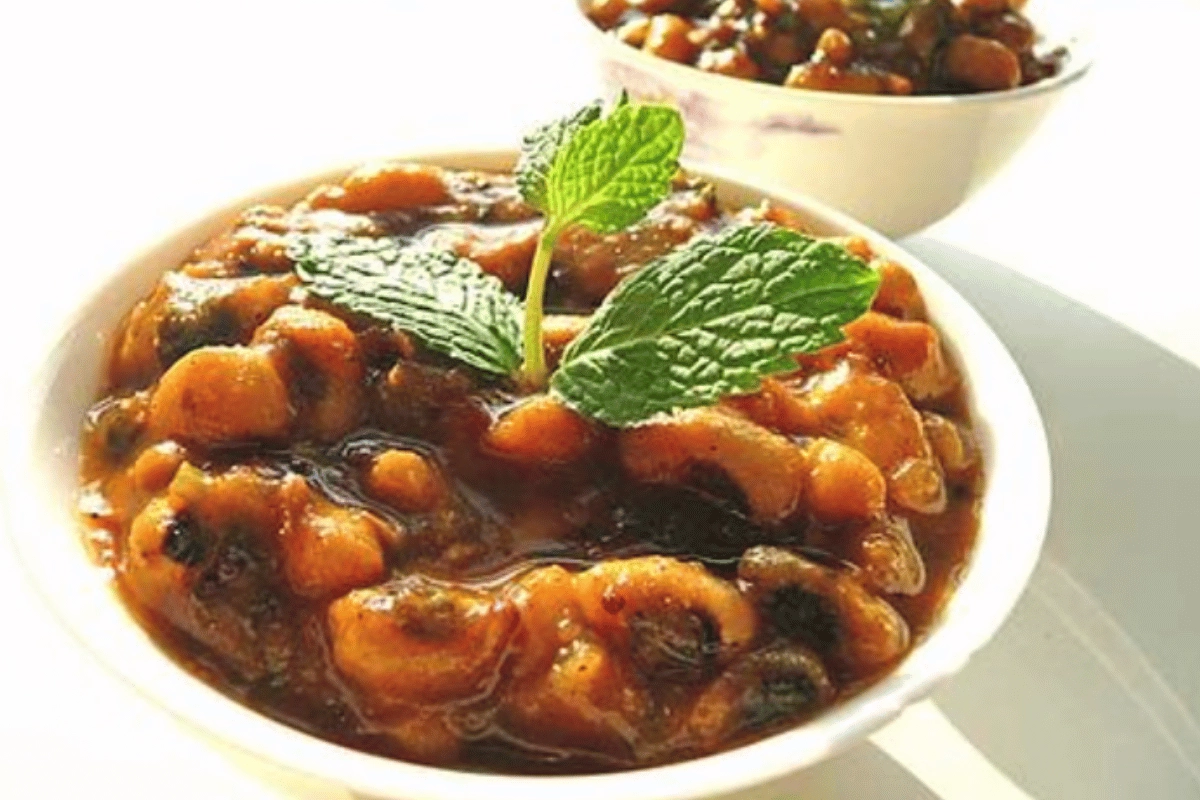Introduction:
Welcome to the world of black-eyed peas! These legumes are not only a staple in Southern cuisine but also a symbol of good luck and prosperity. In this article, we will explore the versatility of black-eyed peas through various recipes that highlight their unique flavor and nutritional benefits. From traditional Southern dishes to Greek-style and creamy side versions, we’ll cover it all. So, let’s dive into the delicious and nutritious world of black-eyed peas and discover how to incorporate them into your cooking repertoire.
The Versatile Black Eyed Peas Recipe
Exploring the Nutritional Value of Black Eyed Peas
Black-eyed peas, also known as cowpeas, are more than just a tasty ingredient; they’re a powerhouse of nutrition. Rich in protein, fiber, and essential vitamins and minerals, these legumes are a fantastic addition to any diet. But the magic of black-eyed peas doesn’t stop there. Their earthy flavor and creamy texture make them a versatile ingredient that can be transformed into various mouthwatering dishes. From the classic Southern black-eyed peas recipe to Mediterranean twists and creamy side dishes, the possibilities are endless. In this article, we’ll dive into the world of black-eyed peas recipes, uncovering the secrets to making these legumes shine in your kitchen. So, get ready to be inspired and add a touch of good luck and flavor to your meals with black-eyed peas!
Traditional Southern Black Eyed Peas Recipe
Ingredients and Preparation
The classic Southern black-eyed peas recipe is a comfort food staple, especially enjoyed during New Year’s for good luck. Here’s a simple yet delicious version to try:
- Ingredients:
- 1 pound dried black-eyed peas
- 4-5 slices of bacon, chopped
- 5 ounces smoked sausage or turkey, diced
- 1 large onion, diced
- 1 stalk celery, diced
- 2-3 teaspoons minced garlic
- 1 optional jalapeno, minced
- 2 teaspoons fresh thyme, minced
- 1 bay leaf
- 1-2 teaspoons Creole seasoning
- 7-8 cups chicken broth
- 2 cups collard greens or kale, chopped
- Salt and pepper to taste
- Instructions:
- Rinse and soak the black-eyed peas in cold water for 2-3 hours.
- In a large pan, sauté the bacon until crispy, then add the sausage and sauté for a few more minutes.
- Add the onions, celery, garlic, jalapeno, thyme, and bay leaf to the pan and sauté until the onions are wilted.
- Add the chicken broth to the pan, along with the drained black-eyed peas and Creole seasoning. Bring to a boil, then reduce heat and simmer for about 20 minutes.
- Add the collard greens, bacon, and sausage to the pot and continue cooking until the beans are tender and the broth has thickened.
Serving Suggestions
This hearty dish is traditionally served over rice, making it a complete meal that’s full of flavor and nutrition. For a finishing touch, garnish with chopped green onions or parsley.
In the next part, we’ll explore various ways to add a twist to this classic recipe, from Greek-style black-eyed peas to incorporating collard greens for an extra nutritional punch. Stay tuned!
Variations of Black Eyed Peas Recipes
Greek Style Black Eyed Peas
For a Mediterranean twist on the traditional recipe, try Greek-style black-eyed peas. This version incorporates olive oil, lemon juice, and fresh herbs for a light and refreshing dish.
- Ingredients:
- 2 cans black-eyed peas, drained and rinsed
- 1 onion, diced
- 2 cloves garlic, minced
- 1 bell pepper, diced
- 1 carrot, diced
- 1 can diced tomatoes
- 1 bay leaf
- Salt, pepper, and red pepper flakes to taste
- Juice of 1 lemon
- 1 cup fresh parsley, chopped
- Extra virgin olive oil for drizzling
- Instructions:
- Sauté onions, garlic, bell pepper, and carrot in olive oil until softened.
- Add tomatoes, bay leaf, black-eyed peas, and seasonings. Simmer for 25-30 minutes.
- Stir in lemon juice and parsley before serving.
- Drizzle with olive oil and serve with warm pita or over rice.
Black Eyed Peas with Collard Greens
Combining black-eyed peas with collard greens creates a nutritious and flavorful dish that’s perfect for a hearty meal.
- Ingredients:
- 3 tablespoons oil
- 1 tablespoon minced garlic
- 1 onion, chopped
- 6 cups collard greens, chopped
- 2 cups black-eyed peas, cooked
- Salt and pepper to taste
- Instructions:
- Heat oil in a large pot and sauté garlic and onion until translucent.
- Add collard greens and cook until wilted.
- Stir in black-eyed peas and season with salt and pepper.
- Cook until everything is heated through and flavors are combined.
Creamy Black Eyed Peas Side Dish
For a vegetarian-friendly version, try this creamy black-eyed peas side dish that doesn’t require bacon.
- Ingredients:
- 1 pound dried black-eyed peas
- 4 cups vegetable broth
- 1 onion, diced
- 2 cloves garlic, minced
- 1 teaspoon smoked paprika
- 1 teaspoon oregano
- 1 teaspoon onion powder
- 2 tablespoons butter or vegan alternative
Health Benefits and Nutritional Information
Nutritional Value
Black-eyed peas are a nutritional powerhouse, packed with protein, fiber, and essential vitamins and minerals. A single serving of these legumes provides a good source of iron, potassium, and folate, making them an excellent addition to a balanced diet. The high fiber content aids in digestion and helps maintain healthy blood sugar levels, while the protein supports muscle growth and repair.
Health Benefits
- Heart Health: The fiber and potassium in black-eyed peas contribute to heart health by reducing cholesterol levels and lowering blood pressure.
- Weight Management: The combination of protein and fiber in black-eyed peas can help you feel full and satisfied, making them a great option for those looking to manage their weight.
- Anemia Prevention: The iron content in black-eyed peas plays a crucial role in preventing anemia by supporting the production of red blood cells.
- Diabetes Management: The low glycemic index of black-eyed peas makes them a suitable choice for people with diabetes, as they help regulate blood sugar levels.
Incorporating black-eyed peas into your diet is an easy and delicious way to boost your nutrient intake and enjoy a variety of health benefits.
In the next part, we’ll address some frequently asked questions about black-eyed peas, including tips on soaking, serving, and storing them. Stay tuned!
For more detailed information on cooking and serving black-eyed peas, you might find these resources helpful:
Conclusion
In conclusion, black-eyed peas are a versatile and nutritious ingredient that can be enjoyed in a variety of dishes. Whether you’re preparing a traditional Southern recipe or experimenting with different flavors and cooking techniques, black-eyed peas offer a delicious and healthy addition to any meal. By soaking them before cooking, incorporating aromatic vegetables and spices, and serving them alongside complementary sides, you can elevate the humble black-eyed pea to new culinary heights. So, why not give them a try and discover the many tasty possibilities that this legume has to offer?
For more delicious recipes and cooking tips, check out Southern Living and The Mediterranean Dish.

